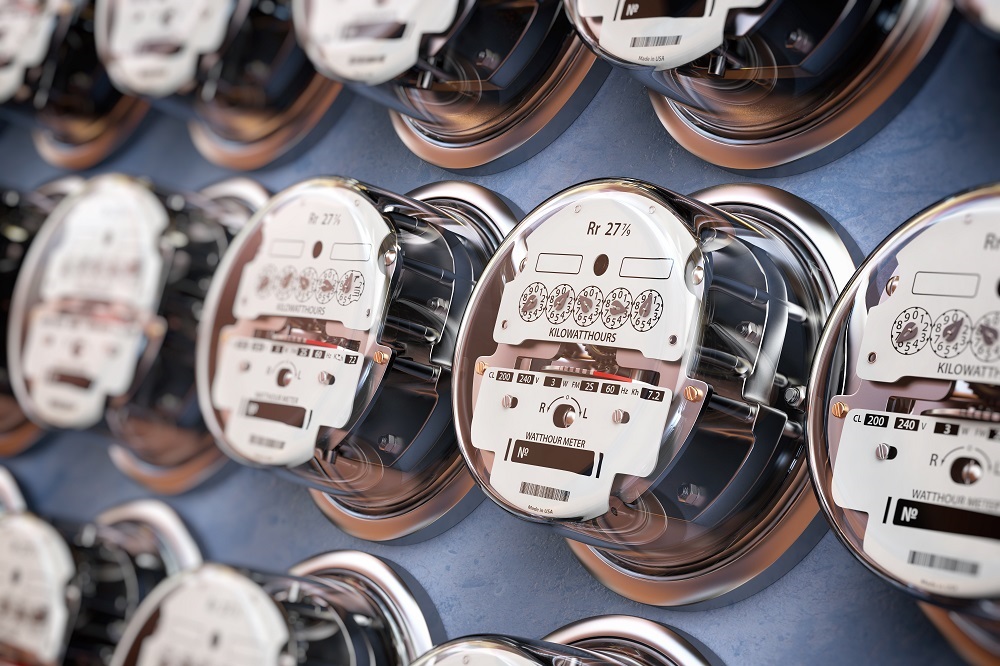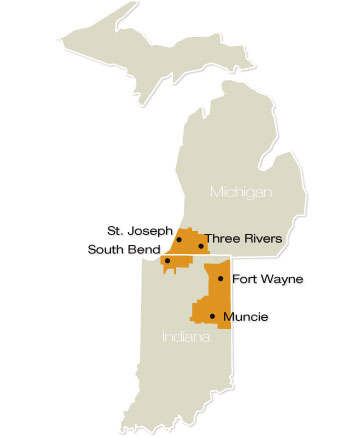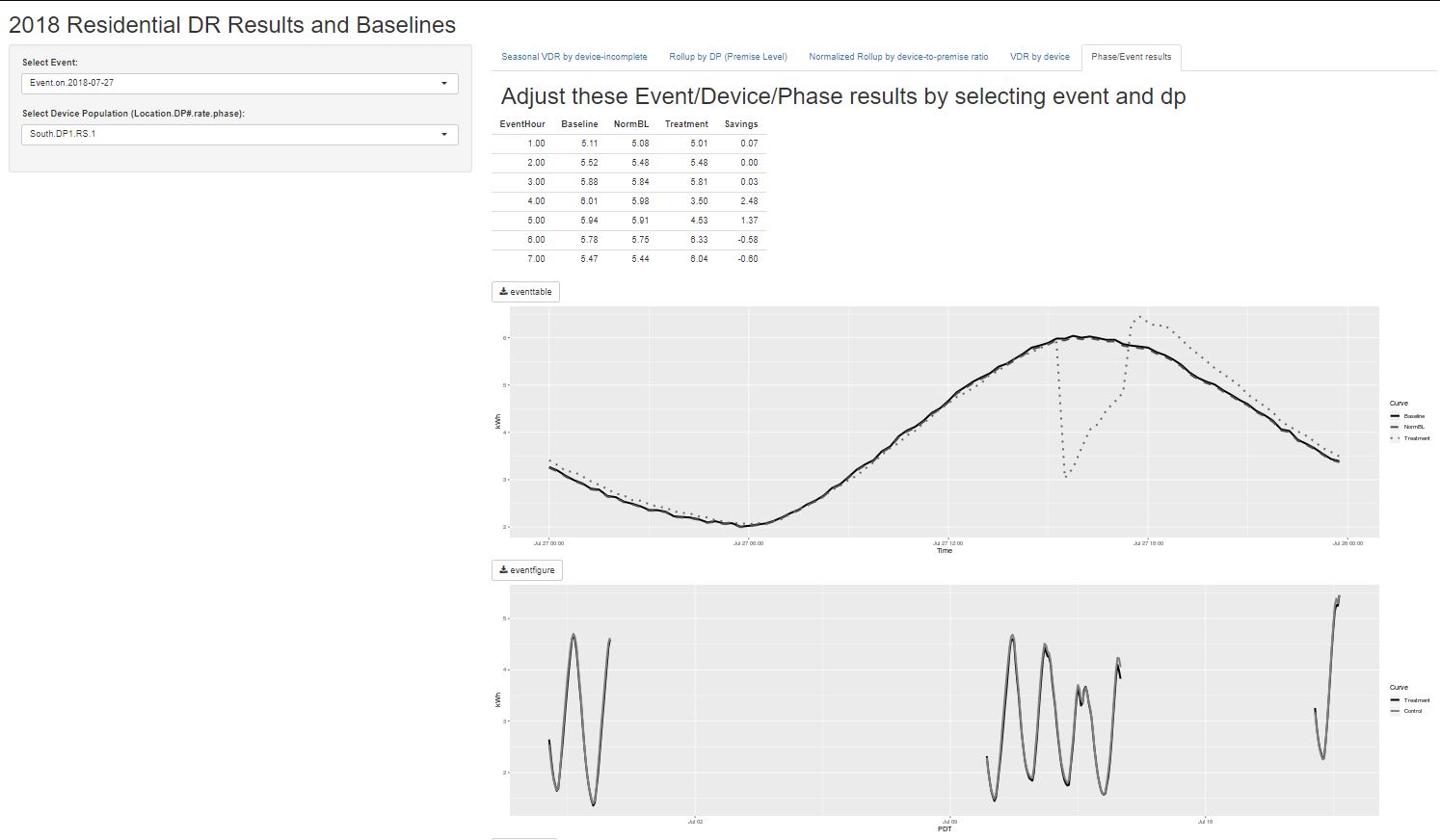We have comprehensive experience in evaluating the many types of demand response (DR) programs that are currently being implemented. Today’s DR programs involve a complicated mix of residential and commercial participants, various implementation strategies, and several kinds of “smart” controlling devices which may also cause energy savings throughout the year.
Demand Response Program Evaluation
Featured Projects
FirstEnergy
We have evaluated several demand response programs offered by FirstEnergy to residential, commercial, and industrial customers.
Public Service Company of Oklahoma
We are evaluating Public Service Company of Oklahoma’s Demand Response Program that achieves demand reduction by reducing loads for participating commercial customers.
Indiana Michigan Power
Evaluation of the Home Energy Management Program, which involves smart thermostats, run-time optimization, and specified event periods.
Impact Evaluation of Demand Response Programs
While our specific research design is customized according to program characteristics, frequently, our demand response program impact evaluation answers the following research questions:
- What is the quantity of available devices for each program component?
- What was the customer response to demand response events, i.e., at what rates did participants opt out of individual demand response events?
- How reliable is the demand response system?
-For each component of the demand response program, at what rate did individual devices succeed in curtailing usage of controlled equipment?
-Conversely, for each component of the demand response program, what was the rate of non-responding devices?
- For each demand response event hour, what quantity of demand (kW) savings is achieved by each component of the demand response program?
- What quantity of energy (kWh) savings is achieved by each demand response program component?
For measurement and verification (M&V) of demand response programs with smart meter data, our data science group has developed a big data analytics framework using R Studio software. R Studio is an open source software using the “R” language and environment for statistical computing and graphics. The R Studio framework enables us to efficiently perform big data analyses for demand response programs with best-in-class rigor. We have developed various automated analytics routines that can quickly analyze interval data for program populations of more than 100,000 devices, each of which potentially contributes thousands of observations for analysis. Our automated analytics are critically important innovations for providing cost effective demand response program analyses that may require analyzing more than one billion observations per demand response event.








